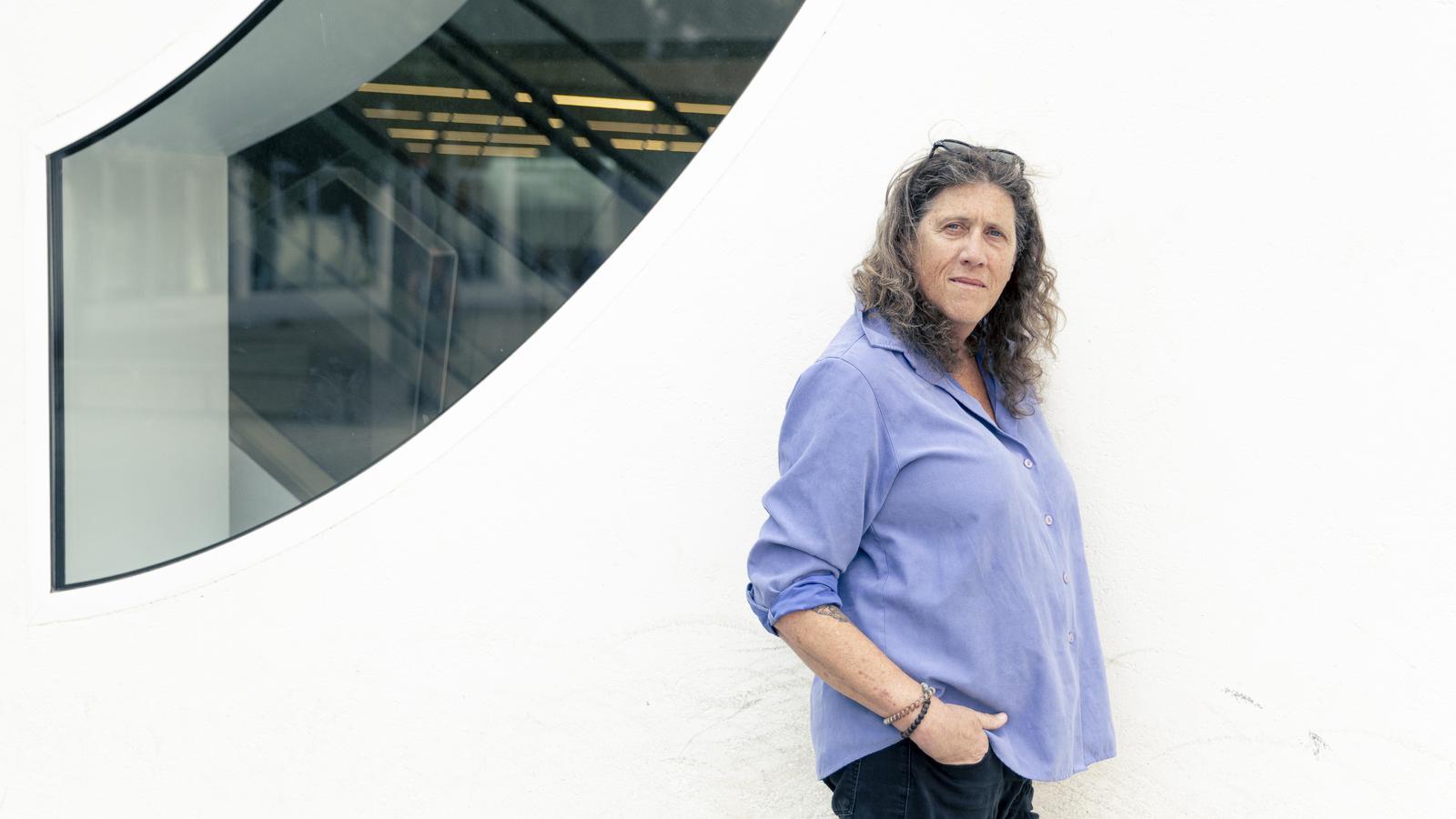"Thanks to the sadomasochistic dungeons I made the transition"
Susan Stryker, a founding figure in trans studies, visits Barcelona to present the essay anthology "When Monsters Speak."


Barcelona"After graduating from the University of Oklahoma, it seemed to me that if I got a doctorate in history, I could have an academic career and a comfortable, quiet, and boring life until my retirement," Susan Stryker (1961) commented last month at the CCCB Cultura y Cultura in Barcelona.
The place where she chose her doctorate, the University of California at Berkeley, changed her life. "It was Foucault who wrote that there were places in New York and San Francisco that could be defined as laboratories for sexual experimentation," Stryker continues. "In the 1990s, San Francisco was a city where I was able to free myself from my bourgeois aspirations and, despite suffering many material obstacles to survive, I finally found my meeting. It was in the radical sexual environment and underground It was in the Californian city that Stryker discovered who she was and what she wanted to be. "Thanks to the sadomasochistic dungeons, I made the transition," she says. "The intimacy I found allowed me to expand my interests and desires into all areas of my life." In addition to coming out twice, "as transgender and as a lesbian," Susan Stryker became one of the founding figures of trans studies, as essays such as History of trans (2008; in Spanish in Continta me Tienes, translated by Matilde Pérez and María Teresa Sánchez) and the recent anthology When monsters speak (Bellaterra Ediciones; translated by Javiera M. Mac Pherson). "After many twists and turns, I ended up pursuing an academic life," she recalls: she is currently professor emeritus of gender studies at the University of Arizona.
Sex-Hungry Sailors and Rewriting Frankenstein
When monsters speak covers three decades of his career in just over 200 pages. It begins in the 1990s at the Albatros, a "seedy bar located in the port area of San Francisco," inhabited by "bikers and leatherdaddays who were looking for action in a sea of sex-hungry sailors: they elbowed their way through the naval force boys who wandered the slums, eager to be approached by one of the prostitutes working the crowds." From there, she devotes texts to the trans art scene and the subject, until reaching the final interview with the Australian writer and academic McKenzie Wark. Currently, for me it has more to do with issues of racialization than gender. We still live in a Eurocentric paradigm of the conception of the body, and anything that physically removes itself marks us." Although they make us believe that "we live imprisoned in our flesh", Stryker believes that "we must be able to transcend that limitation". "I can decide about my body, and it wants to go places, and it wants to go towards. celebrated places of the volume is My words to Victor Frankenstein from the top of the village of Chamonix.
"It's a rewrite of a scene from Frankenstein of Mary Shelley –she recalls–. It was 1993, a very complicated time in my life: I had just transitioned, I had found a shitty job as a US history professor at a second-tier university, and my partner had just had a baby. The twenty-page essay, through rage, changes the way we see people. I think that by turning ourselves into abject monsters, we are given enormous, almost oracular power with which to express ourselves,–she continues–. As Donna Haraway writes: “A monster promises us a different future.” The monster breaks the mold. It is a messenger of the extraordinary. If you listen to trans people, you will end up discovering their seams and sutures.”
